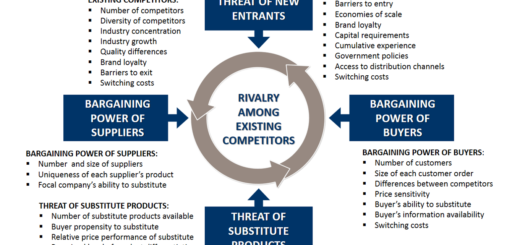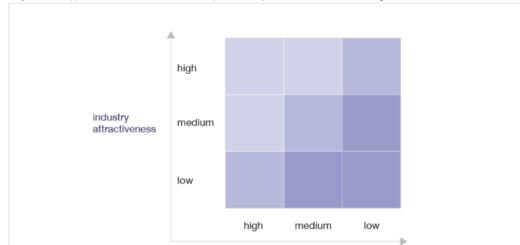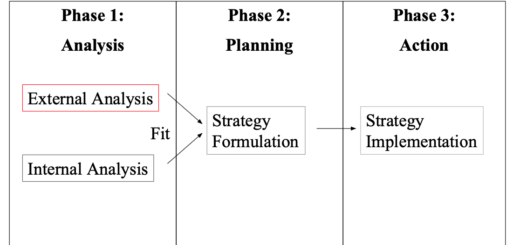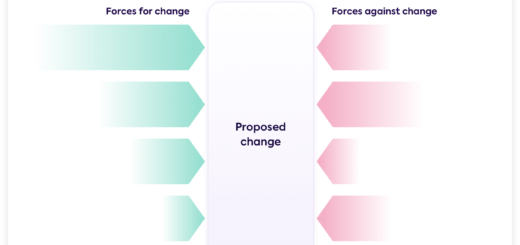Labour Market Context – Challenges for Business
The labor market context can present a range of challenges for organizations, including:
- Talent acquisition: With the increasing competition for talent, organizations can find it difficult to attract and retain skilled and qualified employees. This challenge is compounded by demographic shifts, such as an aging workforce and declining birth rates, that can lead to talent shortages in certain industries and geographies.
- Skill gaps: The pace of technological change and innovation means that organizations must constantly upskill and reskill their workforce to remain competitive. However, many employees may lack the necessary skills, and it can be difficult for organizations to find employees with the specific skills they require.
- Diversity and inclusion: As the workforce becomes more diverse, organizations must create inclusive environments that accommodate employees from different backgrounds and perspectives. This can be challenging, as biases and stereotypes can be deeply ingrained and difficult to overcome.
- Workforce flexibility: The rise of remote work and the gig economy means that organizations must be able to offer flexible work arrangements to attract and retain employees. However, managing a flexible workforce can be challenging, as it requires a different approach to workforce management and employee engagement.
- Wage pressures: With the increasing demand for skilled workers, organizations may find it difficult to offer competitive wages and benefits packages. This can lead to difficulties in attracting and retaining talented employees.
Overall, the labor market context presents a range of challenges for organizations, and those that are able to adapt to changing conditions and find innovative solutions to these challenges will be more likely to succeed in the long term.
The shifting demographics in the UK labour market
The demographics of the UK labor market have been shifting in recent years, and these changes are expected to continue in the coming years. Some of the key demographic shifts that are affecting the UK labor market include:
- Aging population: The UK’s population is aging, and this is leading to a greater proportion of older workers in the labor market. This can have implications for retirement planning, pensions, and healthcare costs.
- Increasing diversity: The UK is becoming more diverse, and this is leading to a more diverse workforce. This can have implications for recruitment, training, and workplace culture.
- Changing family structures: Family structures in the UK are changing, with more people choosing to delay marriage and start families later in life. This can have implications for workplace policies around parental leave, flexible working, and childcare.
- Regional differences: There are significant regional differences in the UK labor market, with some regions experiencing higher levels of unemployment and lower levels of economic growth. This can make it more difficult for employers in these regions to attract and retain skilled workers.
- Education and skills: Education and skills levels are changing in the UK, with more people choosing to pursue higher education and a greater emphasis on technical and vocational training. This can have implications for the types of jobs that are available and the skills that are in demand.
Overall, the shifting demographics of the UK labor market are creating both challenges and opportunities for employers. Those that are able to adapt to these changes and create a diverse and inclusive workplace are likely to be more successful in the long run.







You got a very great website, Sword lily I observed it through yahoo.
Terrific paintings! This is the type of info that should be shared around the web. Shame on the search engines for now not positioning this post higher! Come on over and seek advice from my web site . Thank you =)
This design is incredible! You certainly know how to keep a reader amused. Between your wit and your videos, I was almost moved to start my own blog (well, almost…HaHa!) Wonderful job. I really enjoyed what you had to say, and more than that, how you presented it. Too cool!
I conceive this website has some rattling good information for everyone : D.